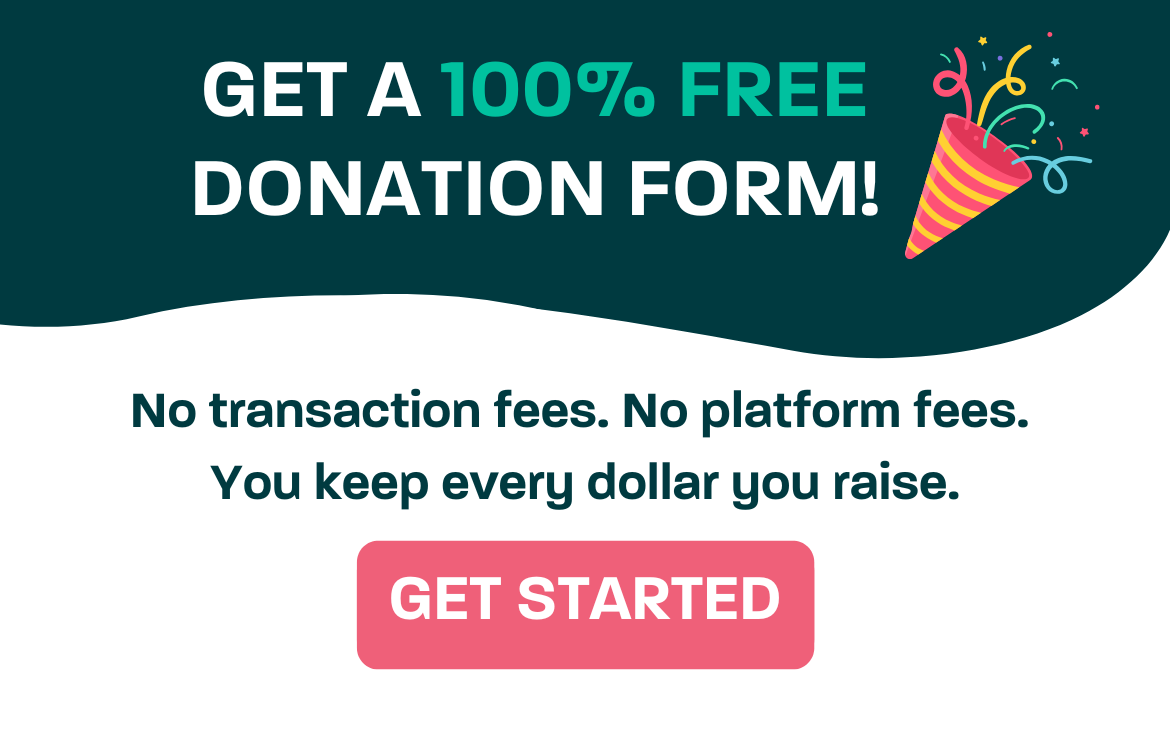Whether they are social media posts, newsletters, blogs, or some other form of writing, if you want to grab a reader’s attention, you need to have a captivating headline.
There are those who spend literally hours crafting really good content, but no one reads it because not much time and attention was paid to developing the headline. Readers are busy so they often scan the headlines first to see if they want to read on. Digital marketing experts insist that 80 percent of readers never make it past the headline. Without a compelling headline that turns a browser into a reader, the rest of your page may as well be blank. From both a writing and marketing point of view, crafting great headlines for your non-profit is an important skill.
So how do you do it, if you just don’t have a way with words? Believe it or not there are ways to create a captivating headline without being a professional copywriter.
Tips
- Keep it Simple – One of the most important tips to consider is to keep it simple. Editors contend that many people struggle with both headlines and writing because they overthink the subject or they try to get fancy.
- Use numbers – for some reason, just like our eyes are drawn to bright colors, our brain is drawn to numbers. “20 Fabulous Social Media Tips”, “Top 6 Investments for a Big Return” or “3 Ways to Tell if a Charity Is Registered”, are examples.
- Lists – numbers and lists often go together and they seem to work. An audience loves the promise of a quick read reflected in a headline. Great list words include, Reasons, Tricks, Secrets, Strategies, and Ways. “10 Ways Our Non-profit Is Changing the World” or “Millions of Reasons to Be Optimistic About MS” are good headlines.
- Define Topic – mystery works in a novel, but not in a short newsletter, in web copy, or a blog. “How Clean Water Can Change Everything”; is just one example of defining a topic.
- Embellish and Entice – a sense of urgency may not always be the case, but you can make it sound as if it is in order to draw readers in. Here are a couple of headlines that fit this description: “Make the Right Choice Now – Save an Innocent Child” or “Can You Imagine Never Smiling? These Kids Don’t”. One of the best words you can use in a headline if you want to embellish and entice is, “must”. “What You Must Do Before You Die” is an excellent example. It is not only startling; it is intriguing. Digital marketing experts report headlines online with the word “must” tend to get a large number of clicks.
Example
Lets take the National Wildlife Federation as an example. Back in 2013 the federation was trying to gain attention for an event so the details about their event were included in their June 21st newsletter, so they created a headline that was simple yet startling. It read: “Important News that Might Surprise You.” This tactic has been used before. Newspapers, magazines, blogs, advertisements, and other newsletter writers have used the “surprise” strategy over and over again because it works. Why? Well, because studies show that unpredicted events turn on the pleasure centers in the brain.
Headline Formula
There are many different formulas for creating headlines. For instance, if going through the above list doesn’t generate the perfect idea, maybe this formula will work: Number + Adjective + Keyword (or phrase) + Promise = Headline
Here is an example using the above formula: “5 Incredible Volunteer Opportunities You Will Love”
When it comes to writing headlines, most people struggle, but with these tips and formula, you’ll be coming up with some great headlines that will turn scanners into readers.


